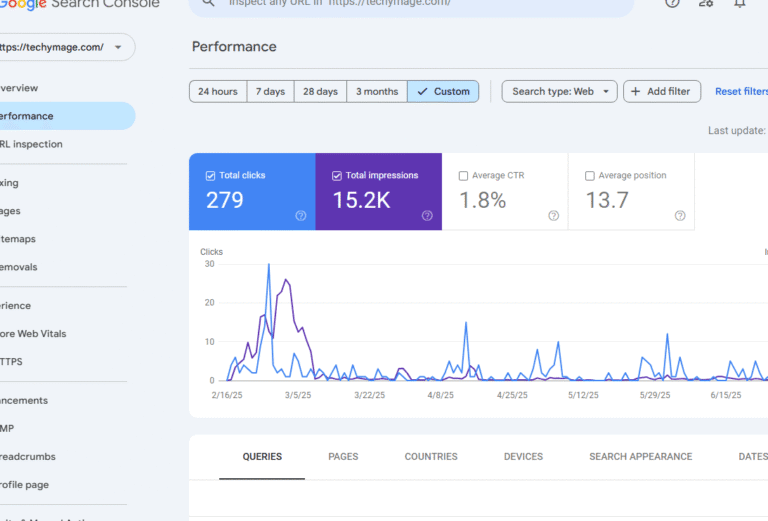India video surveillance market Overview
The India video surveillance market is undergoing a significant transformation, driven by digital transformation, technological advances, increased security concerns, government initiatives, and increased urbanization. With India’s digital transformation taking shape across verticals, the need for smarter, scalable, and more integrated surveillance systems is becoming extremely prevalent. The market is evolving not only in terms of size but also in terms of capabilities, applications, and user demands.
Growing Security Concerns as a Contributing Factor to Growth
One of the primary contributing factors to growth in the India video surveillance market is the growing concern over private and public safety. As the crime rate rises, thefts increase, and terrorist threats become apparent, security is one of the main focuses of our government institutions, businesses, and residential communities. Video surveillance is not just an aid and deterrent for criminal activity, but critical to the collection of evidence, data, and the analysis of incidents.
Metropolitan cities and prominent tier 2 cities have invested heavily in CCTV systems in sensitive urban infrastructure, such as railways, airports, marketplaces, residential areas, etc. This change has caused an uptick in demand for enhanced and advanced surveillance solutions.
Government Actions and Smart City Programs
The Indian government’s anticipatory approach to promoting digital infrastructure is a significant driver of the surveillance industry. The Smart Cities Mission, Digital India, and Safe City initiatives are greatly enhancing the development of surveillance systems in India, including the deployment of IP cameras, facial recognition systems, automatic number plate recognition (ANPR) systems, and video analytics.
The new data protection and cybersecurity regulations are also compelling enterprises to move away from legacy surveillance systems and adopt secure cloud-based and intelligent application systems.
Technology Investment Drives Market Expansion
Ongoing rapid development in surveillance technology is constantly changing the market. Video surveillance systems have moved from being passive monitoring systems, to being intelligent platforms with the capabilities of real-time analytics, facial recognition, behavioural analytics, and predictive insight.
Key technological trends influencing the India video surveillance market include:
- Artificial Intelligence (AI) and Machine Learning (ML): By providing automated threat detection, video surveillance with AI will ultimately help to mitigate human error and provide an enhanced response time.
- Cloud Storage: Video surveillance in the cloud provides scalable, secure, and remotely accessible storage for businesses with multiple locations or enterprises.
- IoT Integration: The Internet of Things (IoT) helps to connect devices seamlessly creating improved surveillance capabilities for expansive surveillance in real-time.
- 4K and HD Cameras: Improved definition with HD video helps provide more clarity, whether for better identification or forensic purposes.
These methods and technologies allow for a more proactive and cost-effective solution for surveillance to be adopted in more industries.
Expanding Use Cases Across Sectors
The India video surveillance market is not solely used for traditional applications like law enforcement or commercial properties. This market can also be used in the following sectors:
- Retail – loss prevention, analysis of consumer behavior, store optimization
- Education – safety in schools, colleges, and universities
- Healthcare – monitoring patient activity, hospital security, preventing unauthorized access
- Transportation – safety of commuters and traffic control with smart surveillance
- Banking & Financial Services – protecting assets and sensitive information, compliance with regulatory norms
The needs within each of these sectors are extensive and require customized surveillance solutions, which provides the various necessary service providers with a market share of further applications of video surveillance.
Growth in IP-Based Surveillance Systems
The shift from analog to IP-based video surveillance is another major trend influencing the India video surveillance market. IP cameras provide excellent image quality, scalability, remote monitoring, and analytics. The fact that they can integrate with other digital platforms also makes them a natural choice for both public and private agencies.
As prices for IP cameras decrease, even small and medium enterprises (SMEs) and residential customers are buying them, which increases demand.
Competitive Landscape in India with Locally Made Products
There is a high level of competition in the Indian surveillance space among global and local players. Brands such as Hikvision, Dahua, Bosch, and Axis Communications are well established and reputable international brands while local manufacturers like CP PLUS, Prama and Sparsh are being more competitive with good, low-cost custom local products.
The Indian government is further facilitate product availability with their Make in India initiatives and the continued restriction on imported items from China.
Challenges and Future Prospects
While the future is bright, the India video surveillance market will face some challenges. Issues around data privacy, shortages of skilled professionals and lack of digital infrastructure in rural areas will continue to plague the industry. However, these challenge seem likely to resolve as new smart cities are established, and rural digital infrastructure develops.
The future of India video surveillance market looks bright, with the increasing adoption of AI, cybersecurity, and cloud-based servies . Indeed, we expect the India video surveillance market to grow exponentially, over the next ten years.
Conclusion
In closing, the video surveillance market in India will continue to experience robust growth fueled by a convergence of local security needs, government investment, technology evolution and varying market needs. As surveillance continues to evolve from reactive, onto prescriptive approaches, it will play a critical role in creating a safer, smarter, more connected India.
Overall, the adoption of advanced surveillance will only continue to grow, whether it be for personal safet, business intelligence or public security, the shift towards advanced video surveillance systems will be a key pillar of India’s digital future.




